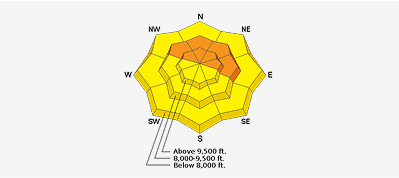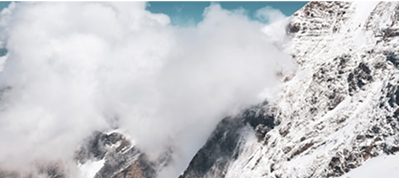All of our snow profile tests failed on the weak, faceted snow at about mid snowpack, which was the layer that was on the surface before last weeks copious, dense snow with raging wind. We did several snowpits and although you could get the columns to fail on compression tests with medium to hard elbow taps, we could never get any extended column tests to propagate. So that's a good thing. Perhaps at higher elevations where there was more wind loading, especially on steep, rocky slopes that were heavily wind loaded from last week's storm, it is probably more unstable.
There is obvious avalanche problems on some slopes today as evidenced by the activity on Dutch Draw, which is not far from were we were today. We looked at the big, steep, east face of Little Water Peak, which is very similar to Dutch Draw, but we could see no evidence of any natural activity there during the storm. Of course, we did not want to provoke a monster like that so we stayed well back from the edge.
But from the terrain we were in--the north facing Shangra-La, the snowpack seemed fairly well behaved but I would still choose to stay on slopes less than 30 degrees that face the north half of the compass, plus east.
We noticed that no one had skied the steep, east face of Reynolds Peak, which is also very similar to Dutch Draw, so the many people who were out in the Mill D drainage today were behaving themselves very well.






